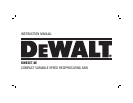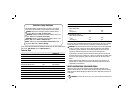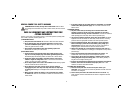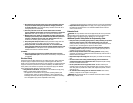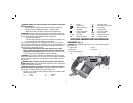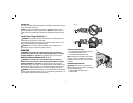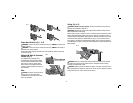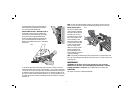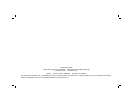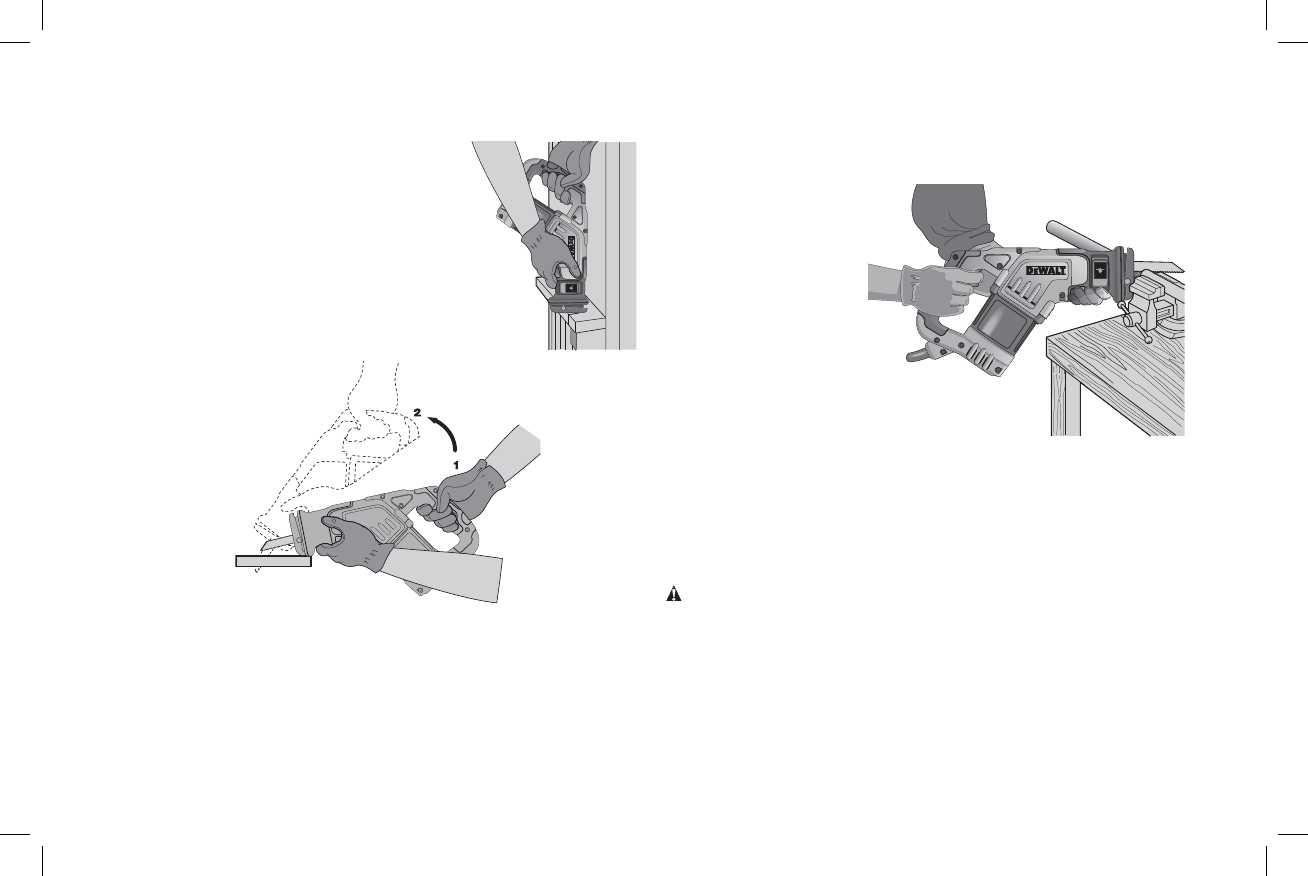
7
FLUSH-TO CUTTING (FIG. 7)
FIG. 7
The compact design of the saw motor housing and
spindle housing permits extremely close cutting to
floors, corners and other difficult areas.
POCKET/PLUNGE CUTTING – WOOD ONLY (FIG. 8)
The initial step in pocket cutting is to measure the
surface area to be cut and mark clearly with a pencil,
chalk or scriber. Use the appropriate blade for the
application. The blade should be longer than 89 mm
(3-1/2") and should extend past the shoe and the
thickness of the workpiece during the cut. Insert blade
in blade clamp.
FIG. 8
Next, tip the saw backward until the back edge of the shoe is resting on the work
surface and the blade clears the work surface (position 1, Fig. 8). Now switch motor
on, and allow saw to come up to speed. Grip saw firmly with both hands and begin a
slow, deliberate upward swing with the handle of the saw, keeping the bottom of the
shoe firmly in contact with the workpiece (position 2, Fig. 8). Blade will begin to feed
into material. Always be sure blade is completely through material before continuing
with pocket cut.
NOTE: In areas where blade visibility is limited, use the edge of the saw shoe as a
guide. Lines for any given cut should be extended beyond edge of cut to be made.
METAL CUTTING (FIG. 9)
Your saw has different metal
FIG. 9
cutting capacities depending
upon type of blade used and
the metal to be cut. Use a
finer blade for ferrous metals
and a coarse blade for non-
ferrous materials. In thin
gauge sheet metals it is best
to clamp wood to both sides
of sheet. This will ensure a
clean cut without excess
vibration or tearing of metal.
Always remember not to
force cutting blade as this
reduces blade life and causes
costly blade breakage.
NOTE: It is generally recommended that when cutting metals you should spread a thin
film of oil or other lubricant along the line ahead of the saw cut for easier operation and
longer blade life.
MAINTENANCE
WARNING: To reduce the risk of serious personal injury, turn tool off and
disconnect tool from power source before making any adjustments or removing/
installing attachments or accessories. An accidental start-up can cause injury.
Lubrication
Your power tool requires no additional lubrication.



